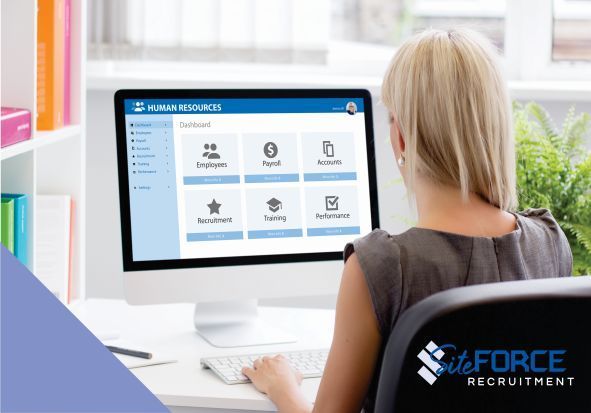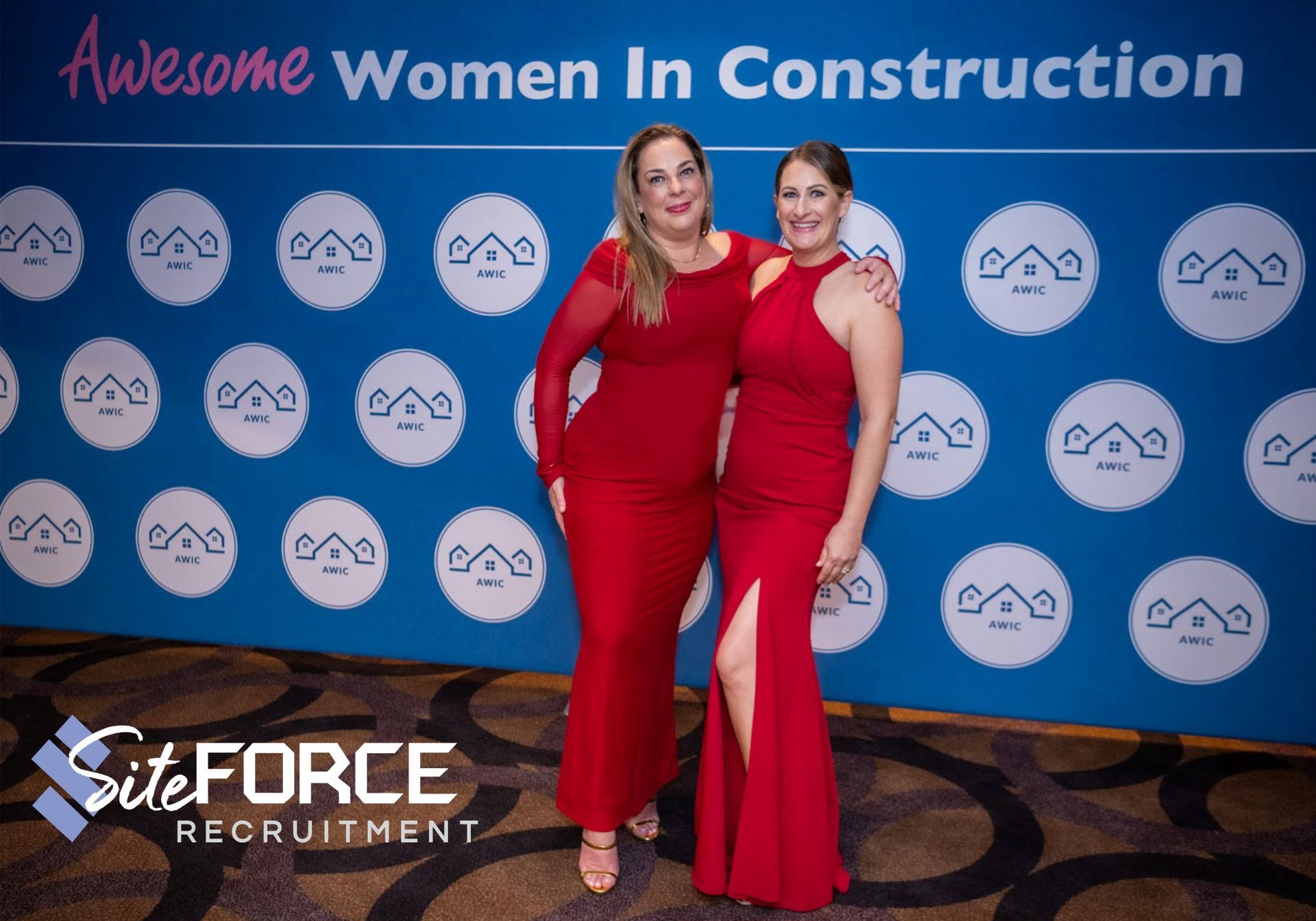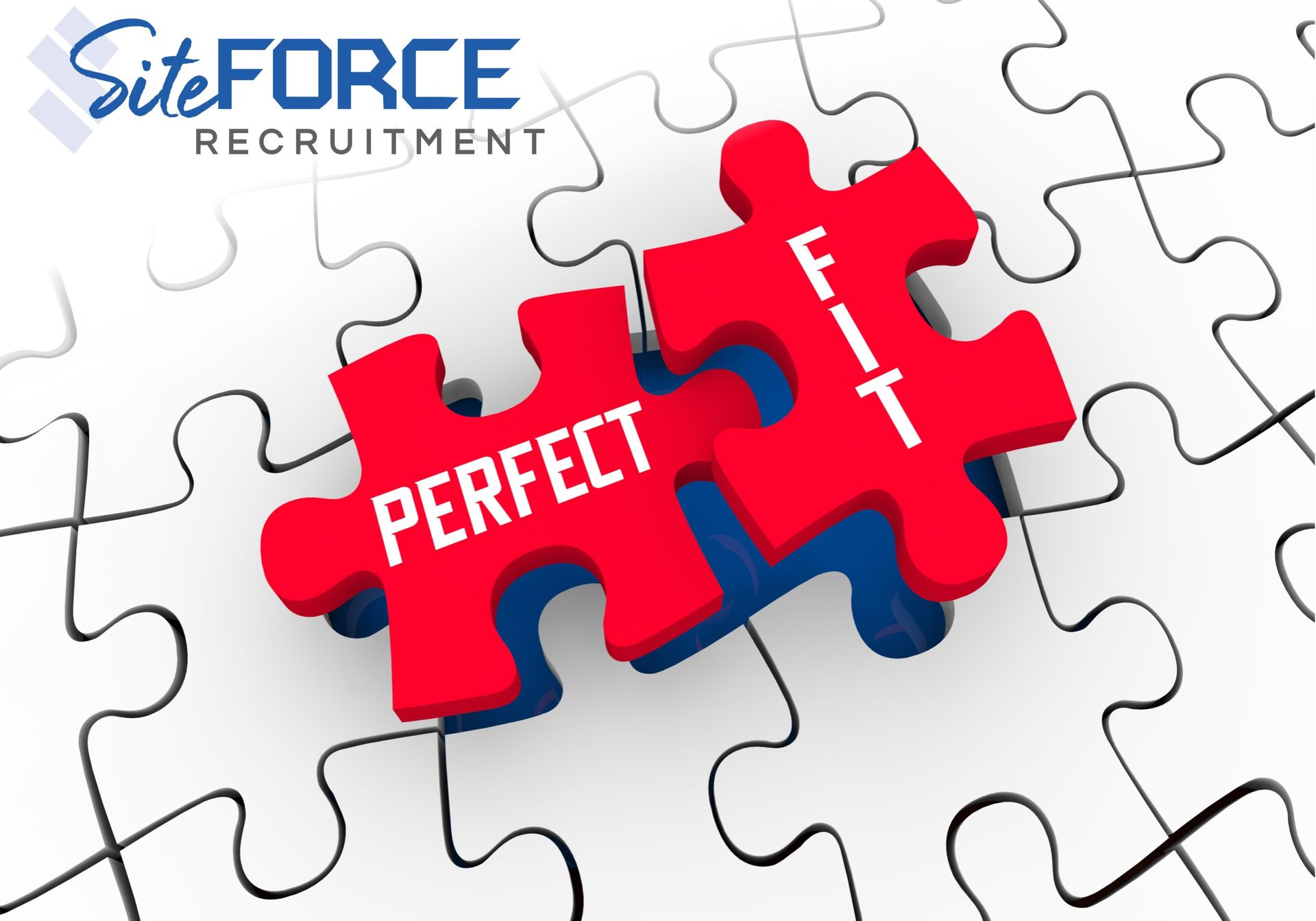AGEISM IN CONSTRUCTION RECRUITMENT
What's Holding You Back from Hiring Older Candidates?

Have you ever stopped to question why you might hesitate to hire an older worker?
As a construction recruitment agency, we’ve encountered it numerous times: that moment when we present an older candidate to a client, and suddenly a little voice in the client’s head starts whispering doubts and we start getting the “buts” without proper consideration. It can be frustrating when you know a candidate will be very successful and highly beneficial to the client.
Whether you're hiring for a permanent position or seeking labour hire workers, it's easy to let internal biases cloud your judgment. Let’s unpack those biases and challenge the assumptions that might be holding you back from hiring older candidates. Instead of putting people in boxes, it’s time to develop an instinct that prioritises the best hire based on skill and value, not age.
The Internal Biases We Don't Realise We Have
It's no secret that ageism exists in recruitment. Employers often have concerns when faced with an older candidate. Will they struggle with new technology? Will they "fit in" with a younger workforce? Are they too set in their ways to be adaptable? These biases can be sneaky, influencing our decisions without us realising it.
Some common questions that may arise when considering an older candidate include:
- Will they pick up on new software and tools as quickly as younger candidates?
- Do they have the stamina for the physical demands of the role?
- Will they be overqualified and expect a higher salary?
- How long will they stay before retiring?
- Can they work under a younger supervisor?
These are all valid considerations, but they often stem from misconceptions rather than facts. Let’s address some of these concerns, backed by research and real-life examples, to show why hiring older workers might just be the best decision you can make.
Average Employment Tenure: Challenging the Assumption
A common misconception is that older workers won’t stay in a job for long because they’re approaching retirement. However, data from the Australian Bureau of Statistics (ABS) tells a different story. The average length of tenure for Australian workers aged 55 and older is over 10 years, while workers aged 25 to 34 stay in their jobs for just 3 years on average. This suggests that older employees are likely to offer more stability and loyalty compared to their younger counterparts.
Older workers may, in fact, be more committed, staying in roles for longer and providing a return on investment in training and development. This longevity is a major asset, especially in industries like construction, where the learning curve for understanding company processes, health and safety requirements, and building strong team relationships are invaluable and can be steep. Further, this longevity not only reduces recruitment costs but also fosters institutional knowledge that can drive business success.
- Example: Let’s talk about Lou. At 66, Lou had decades of experience and an exceptional CV, yet he struggled to find a job. Many employers seemed to believe that once you hit 65, it’s time to pack up and call it a day. But let’s rethink that scenario. What if Lou applied to your business? Would you overlook him based on age alone, or would you take a closer look at what he brings to the table?
- In reality, the projects Lou was applying for had a three year timelines (the average length of time you would likely see a younger employee leave). These positions required a high level of skill to fix systems and processes—areas where Lou excelled. He ticked every box, yet time and time again, he heard “no.” Despite this, Lou persevered, and eventually, a company saw his value and offered him a role. Now, not only is Lou thriving, but the business is benefiting immensely from his ability to deliver results, optimise systems, and mentor younger employees.
Imagine if you had passed on a candidate like Lou—how much value and expertise would your company miss out on? Lou’s story is a challenge to rethink the internal biases that might be holding you back and recognise the unique contributions that older candidates can offer.
The Adaptability Myth
Another concern that often arises is the ability of older workers to adapt to new technologies and processes. Yet older candidates have likely seen more change in the workplace than any younger generation can imagine. From the time they were in school, where pen-and-paper learning was the norm, through the rise of computers, mobile technology, and digital communication, when you look at the reality, older workers have already navigated and adapted to multiple transitions in how work gets done.
For example, consider a worker who started their career in the early 1980s. They’ve had to adapt to the shift from manual drafting to computer-aided design, from physical records to cloud-based documentation, from a few calls a day to multiple streams of communication, and from on-site meetings to virtual project management tools and systems. These candidates are not only capable of learning new systems but have repeatedly done so, often without formal training programs that are now more accessible for younger workers.
Adaptability is increasingly recognised as a critical skill in today’s fast-changing work environments. According to a report by Deloitte, adaptability is considered one of the most valuable skills by employers, with 90% of executives stating that their organisations are facing significant disruption and that adaptability is vital for future workforce success. In a rapidly evolving landscape, where technological advances and industry trends are continually shifting, employees who demonstrate adaptability are seen as critical to maintaining competitiveness and resilience.
Additionally, a study published in the ‘Journal of Organisational Behaviour’ found that employees with high adaptability are more likely to be proactive in seeking and embracing new skills and experiences, which not only improves their own career prospects but also enhances their value to employers who seek innovation and flexibility in their teams. The ability of employees to pivot, learn, and adapt to these changes is crucial for long-term success.
These statistics reinforce the idea that older workers, who have experienced multiple shifts in workplace practices and technologies, bring significant adaptability to the table—an attribute that is critical in modern work environments.
- Example: Let’s talk about Joe. A seasoned project manager, Joe was seen as “65 in the shade,” and many employers dismissed him based on age. However, after his successful placement, the business owner revealed something surprising: Joe’s experience and adaptability throughout his career brought experience in a different field which opened up new insights that completely changed the trajectory of the business—possibilities the owner hadn’t even considered.
- Older workers like Joe bring a wealth of experience—not just in their technical skills, but also in life experience, relationship-building, and often, mentorship. These qualities don’t just fill a role—they elevate a team and can reshape a business. Would you want to miss out on that kind of impact? By giving older workers a chance, you might unlock benefits and perspectives that could transform your company in ways you never imagined.
The Benefits of Mentoring: Pairing Older Workers with Younger Ones
One of the greatest untapped opportunities in recruitment is creating teams where older and younger workers collaborate. The benefits of such pairings can be transformative for a business. Older workers bring a wealth of experience, problem-solving skills, and industry knowledge that younger workers simply haven’t had time to acquire. On the other hand, younger workers often bring fresh ideas, proficiency with new technologies, and a readiness to challenge the status quo.
In a construction environment, this dynamic can be particularly beneficial. Imagine a site where an older worker with decades of hands-on experience in project management teams up with a younger engineer who is fluent in the latest digital project tools. The older worker can provide guidance on managing relationships, understanding long-term project impacts, avoiding common pitfalls and how to pivot quickly when challenges present themselves, while the younger worker ensures the team stays current with modern tools and approaches. This creates a powerful combination of experience and innovation.
- Example: In a large commercial project, experienced carpenter John, in his late 50s, is paired with Mia, a recent trade school graduate. John brings decades of practical experience, an understanding of building codes and problem-solving skills, and a high level of handling people, safety and situations on-site. Meanwhile Mia is skilled in the latest technologies and project management software.
- As they work together, John teaches Mia how to safely handle and care for tools with efficiency and speed and manage on-site relationships and challenges, while Mia introduces John to the latest digital tools that streamline workflow and improve communication. This collaboration not only enhances Mia’s skills but also helps John stay current with industry innovations. Safety issues are handled in situ, not with an incident and report.
- Their partnership leads to improved efficiency and a more cohesive team dynamic, ultimately resulting in the project finishing ahead of schedule and under budget and with no safety issues or compo claims. This scenario highlights how intergenerational collaboration can drive innovation and success in the construction industry.
Letting Go of Age-Related Bias
Research consistently debunks ageism in the workplace, highlighting the value that older workers bring to organisations. A study by the Australian Human Rights Commission found that nearly 70% of employers recognise the benefits of older employees, citing their reliability, commitment, and wealth of experience. As mentioned above, the Australian Bureau of Statistics research discussed retention longevity. As the Commission’s report notes, “Employers who embrace the diversity of their workforce and challenge age-related stereotypes are better positioned to thrive in an increasingly competitive market” (Australian Human Rights Commission, 2020).
Ageism in recruitment doesn't benefit anyone. By recognising the value that older candidates bring—stability, adaptability, experience, and mentorship opportunities—you can create a more diverse and effective team. Next time an older candidate applies for a role, rather than letting internal biases guide your decision, consider the strengths they bring to the table. Pair them with younger workers, and you’ll see that what at first seemed like a challenge is actually a competitive advantage.
In the construction industry, where teamwork, knowledge-sharing, and long-term thinking are critical, age diversity isn’t just a good idea - it’s essential.
I encourage you to look at and challenge your own thoughts when an older person’s CV is presented to you. Is it you that’s not really adaptable. Is the question really: ‘Are you adaptable enough to develop an instinct that prioritises the best hire based on skill and value, not age.’
Our Superpower
Our leading 'superpower' is attracting and retaining quality team members who share our values of honesty, integrity, diligence, and service, allowing us to deploy quality team members on client sites quickly.
Our team member's superpower is being motivated, prepared and ready to enthusiastically contribute to the projects at hand, more than just a pair of hands.
Related articles:
Read other informative articles for both employers and workers at: https://www.siteforcerecruitment.com.au/blogs
Chantal Penny is the Director with Superpowers of SiteForce Recruitment. A thought leader in the industry, Chantal, based on her expertise and industry perspective, offers unique guidance, inspiration, and influence in the industry. Chantal Penny is also a thought leader in the industry with her Podcast, Talent Instinct, which is available at:
https://talentinstinctpodcast.libsyn.com/site
At SiteForce Recruitment, we specialise in labour-hire and permanent recruitment in the construction industry. We are committed to valuing people, safety and wellbeing, collaboration, trust and, of course – results!
CONNECT with us via our contact page or bookings links on our website if you are looking to recruit for, get your dream job, or join our amazing labour force team.











